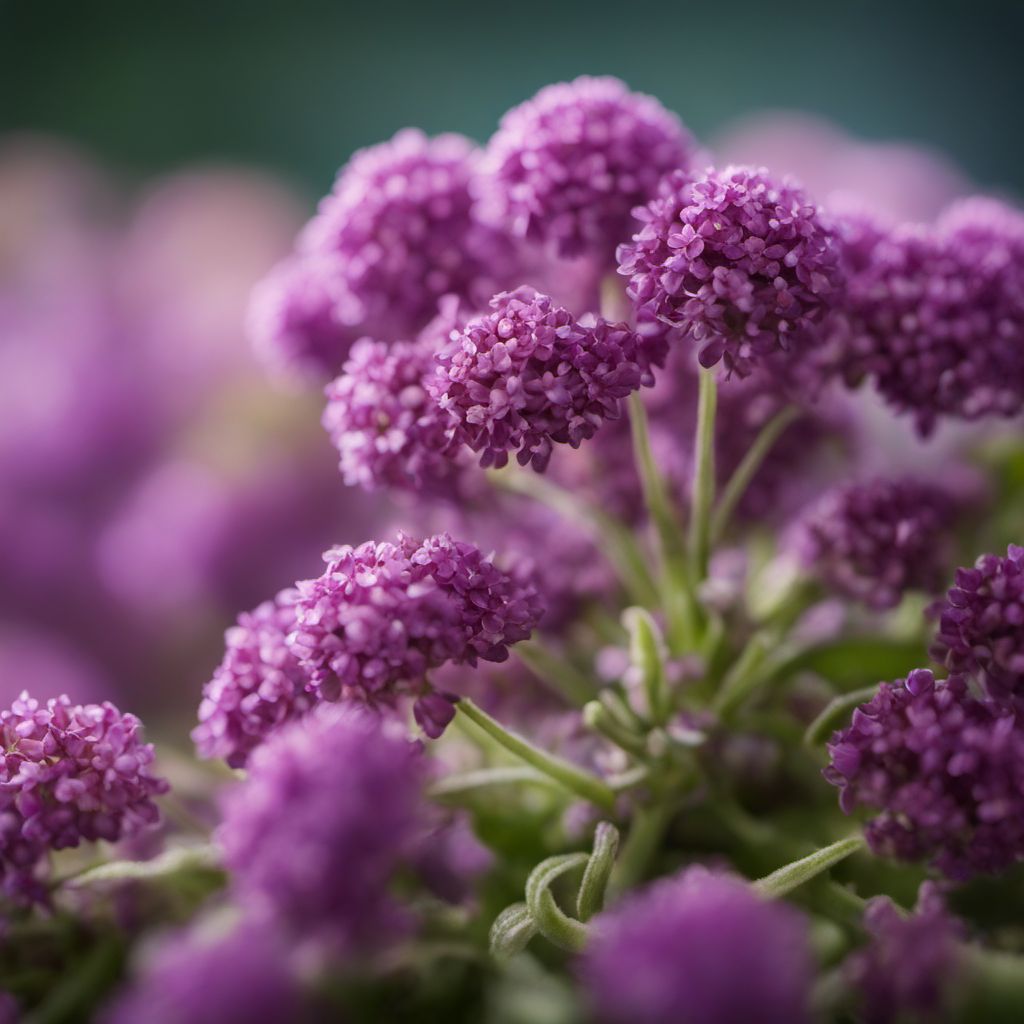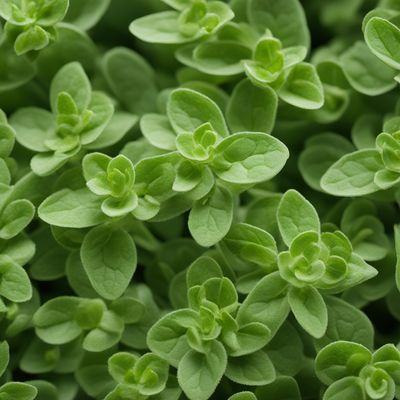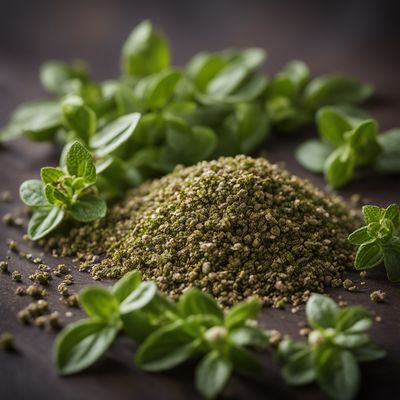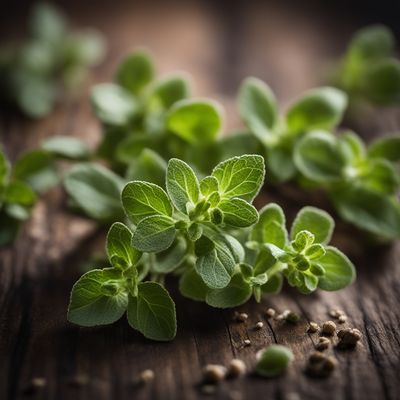
Ingredient
Creeping thyme
The Fragrant Delight of Creeping Thyme
Creeping thyme is a low-growing herb with small, aromatic leaves that release a fragrant scent when crushed. It has a distinctively earthy and slightly minty flavor, making it a popular choice in Mediterranean and Middle Eastern cuisines. The herb's creeping growth habit and delicate flowers also make it an attractive addition to gardens and landscapes.
Origins and history
Creeping thyme is native to Europe and has been used in culinary and medicinal applications for centuries. It was highly valued by ancient Greeks and Romans for its aromatic properties and was often used as an ingredient in herbal remedies and perfumes. Today, it is widely cultivated and enjoyed for its culinary uses and ornamental value.
Nutritional information
Creeping thyme is a good source of vitamins A and C, as well as minerals like iron and manganese. It also contains compounds with potential antioxidant and antimicrobial properties. The herb is low in calories and can be a flavorful addition to a healthy diet.
Allergens
None known
How to select
When selecting creeping thyme, look for plants or sprigs with vibrant green leaves and a strong, pleasant aroma. Avoid wilted or discolored leaves, as they may indicate poor quality or loss of flavor. Opt for organically grown thyme to ensure it is free from pesticides or other contaminants.
Storage recommendations
To keep creeping thyme fresh, store it in a plastic bag or airtight container in the refrigerator. Alternatively, you can also place the sprigs in a glass of water, similar to fresh flowers. Properly stored, creeping thyme can last for up to two weeks.
How to produce
Creeping thyme can be easily grown from seeds, cuttings, or transplants. It thrives in well-drained soil and prefers full sun to partial shade. Regular pruning can help maintain its compact growth habit and encourage the production of fresh leaves. It is a versatile herb that can be grown in gardens, containers, or even as a ground cover.
Preparation tips
Before using creeping thyme, rinse the sprigs under cold water to remove any dirt or debris. The leaves can be used whole or chopped, depending on the desired intensity of flavor. Creeping thyme is a versatile herb that can be used in a variety of dishes, including roasted meats, grilled vegetables, soups, and sauces. It pairs well with other herbs like rosemary, oregano, and sage. The delicate flowers of creeping thyme can also be used as a garnish or added to salads for a pop of color and flavor.
Substitutions
Lemon thyme, English thyme, oregano
Culinary uses
Creeping thyme is commonly used in Mediterranean and Middle Eastern cuisines. It is often used to flavor roasted meats, grilled vegetables, marinades, and dressings. The herb's delicate flowers can be used as a decorative garnish or added to salads and desserts for a touch of sweetness.
Availability
Commonly available in grocery stores, farmers markets, and nurseries.
More ingredients from this category

Mastic thyme
The Fragrant Herb: Unveiling the Aromatic Delights of Mastic Thyme

Cretan oregano
The Fragrant Herb of the Mediterranean

Marjoram
The Fragrant Herb: Marjoram

Lemon thyme
The Zesty Herb

Syrian oregano
The Exotic Herb: Syrian Oregano

Summer savory
"The Herb of Warmth and Flavor"

Winter savory
Savoring the Season: Exploring the Delights of Winter Savory

Oregano
The Herb of Mediterranean Delights

Lemon savory
The Zesty Herb: Lemon Savory and its Citrusy Twist

Thyme
The Fragrant Herb: Thyme